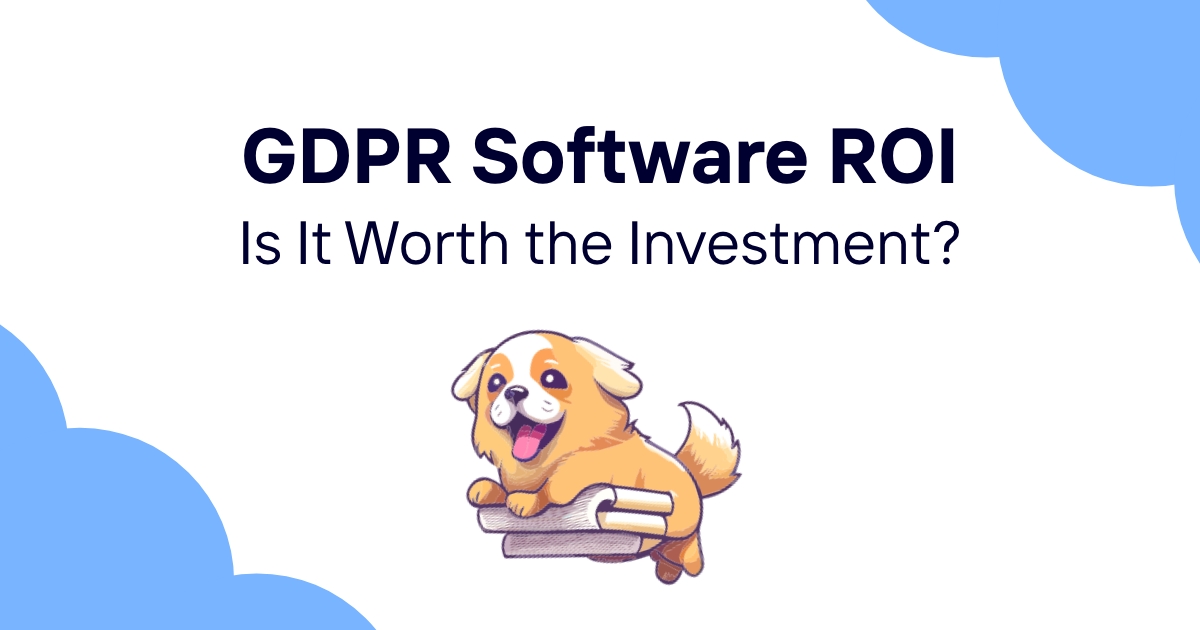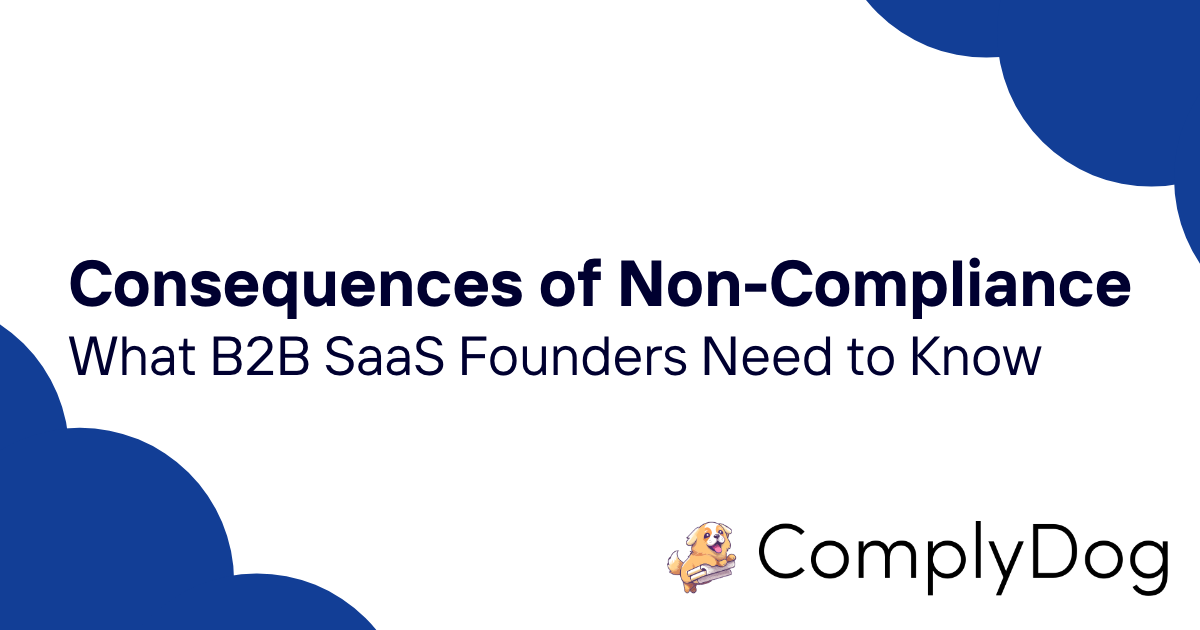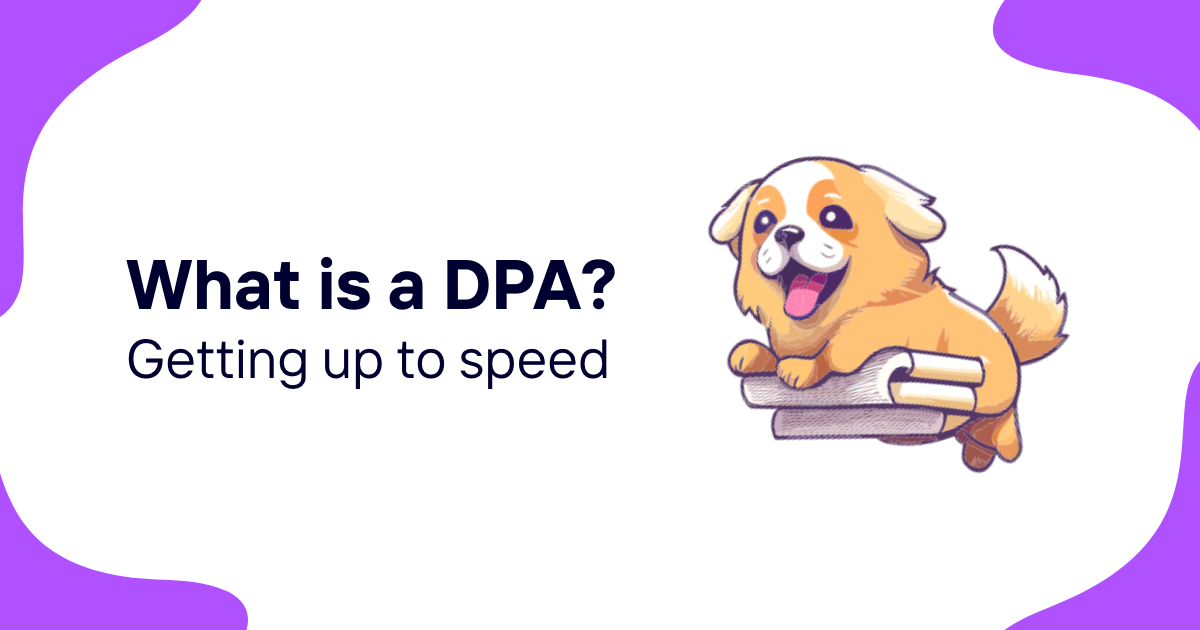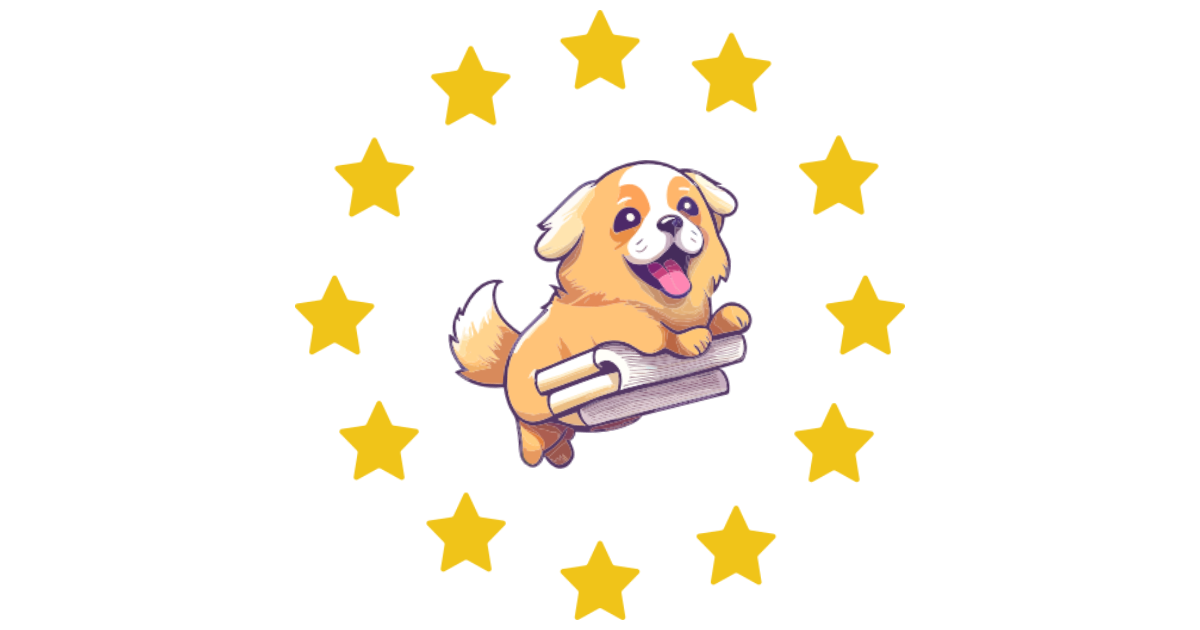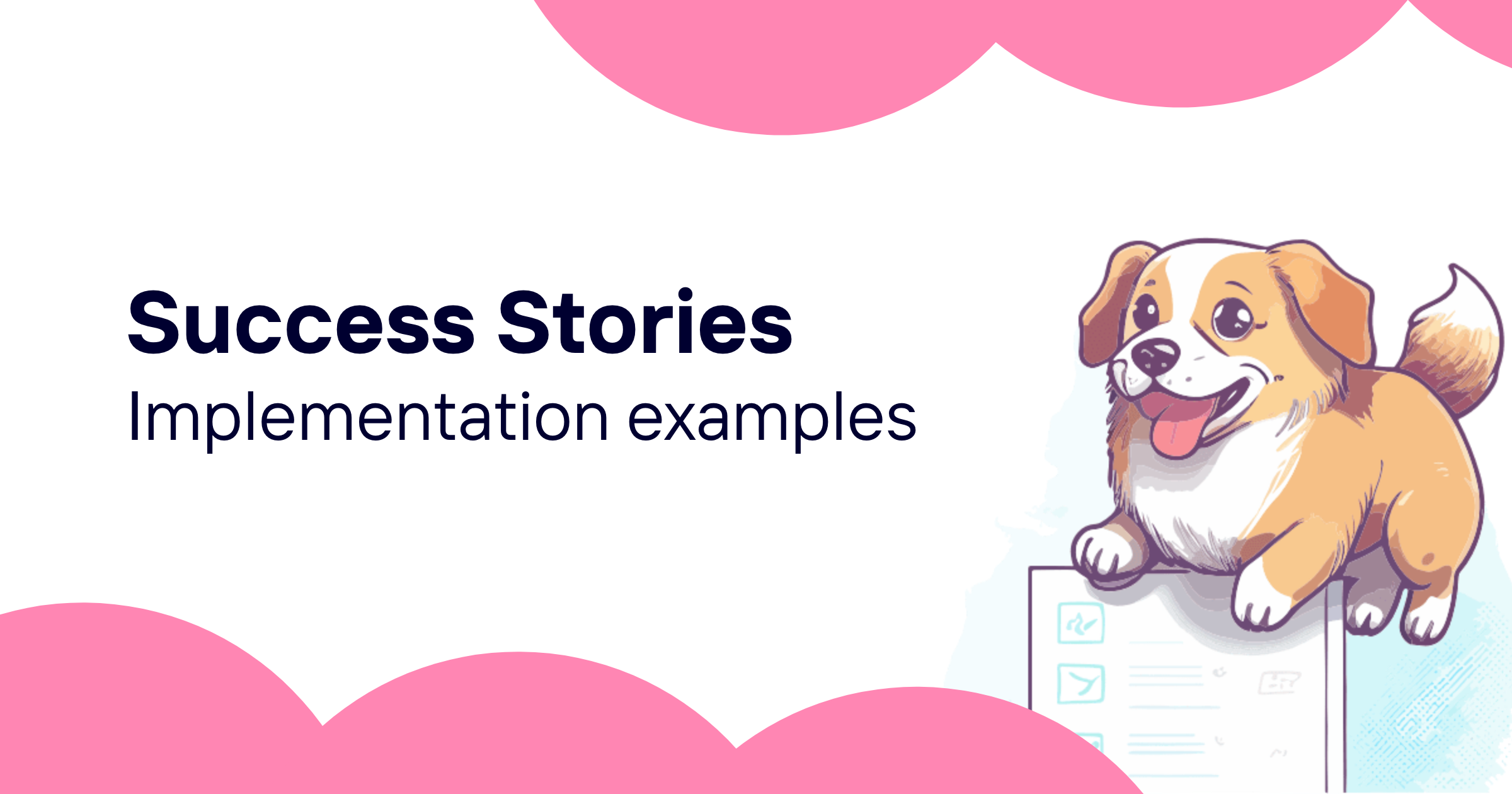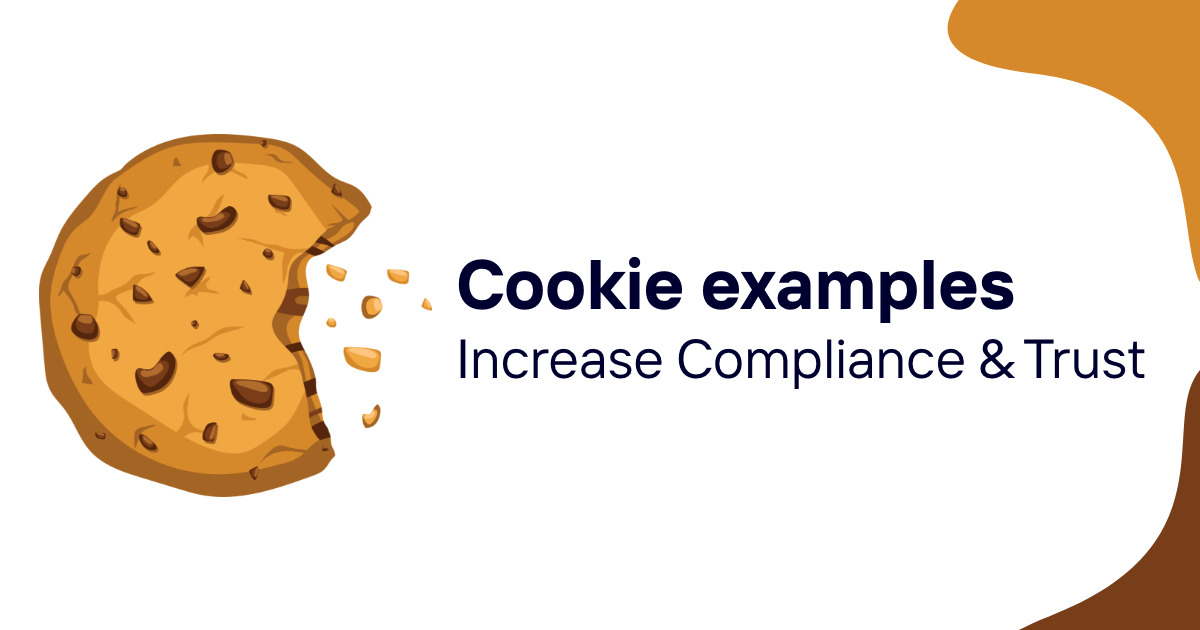Navigating the world of GDPR can feel like learning a new language. From "data processors" to "personal data," the terminology is vast and can be overwhelming. That's why we've put together a comprehensive GDPR glossary to help you make sense of it all.
Whether you're a business owner trying to comply with regulations or just curious about your rights as a consumer, understanding these terms is crucial. Our glossary breaks down the jargon into simple, easy-to-understand language, ensuring you're well-equipped to tackle GDPR head-on.
Data Processors
In the realm of GDPR, Data Processors play a crucial role in the handling of personal data. They're the entities that process data on behalf of the data controllers. Think of them as the behind-the-scenes operators that manage, store, and process personal data as instructed by those who control the data's use.
Understanding the distinction between data controllers and data processors is fundamental. While controllers decide why and how personal data should be processed, processors are the ones that actually do the processing based on the controllers' directives. This relationship must be governed by a contract or other legal act under EU or Member State law, that sets out the processor's obligations, ensuring the protection and confidentiality of the data processed.
- Data Security: Processors must implement appropriate technical and organizational measures to ensure a level of security appropriate to the risk.
- Record Keeping: They are obliged to maintain records of processing activities under their responsibility.
- Data Breach Notification: In the event of a data breach, processors must notify the controllers without undue delay.
- Data Protection Officer (DPO): If required, processors should designate a DPO to oversee compliance with GDPR.
The role of data processors has been emphasized in GDPR to ensure they also maintain high levels of data protection and security. It's essential for businesses to clearly understand these roles to ensure compliance and protect the rights of the individuals whose data they handle.
By familiarizing yourself with terms like data processors, you're better equipped to navigate the GDPR landscape, whether you're a business looking to comply with the regulation or a consumer curious about your rights.
Personal Data

When diving into the GDPR, you'll frequently encounter the term Personal Data. It's essential to grasp what this means, as it forms the cornerstone of the regulation. Simply put, personal data refers to any information related to an identifiable individual. This might be something as straightforward as a name or email address, or more complex data like an IP address, health information, or anything that can be used to identify someone directly or indirectly.
The GDPR casts a wide net in defining personal data, ensuring that a broad spectrum of information falls under its protection. This expansive approach is designed to keep up with the diverse ways personal data can be processed in our digital age. For example, online identifiers such as cookies, which might seem innocuous, are considered personal data because they can track and identify individuals’ online activities.
Businesses and organizations must pay close attention to this definition. The handling of any data that can be linked to an individual, whether by the organization directly or in conjunction with other data, needs to comply with GDPR regulations. This includes:
- Obtaining consent for processing data
- Ensuring data is collected for specified, explicit, and legitimate purposes
- Keeping data secure from unauthorized access
The responsibility doesn’t end with recognizing what constitutes personal data. Organizations must also be adept at managing it throughout its lifecycle, from collection to destruction, ensuring individuals' rights are upheld at every turn. This involves clear communication about why data is being collected and how it will be used, as well as respecting individuals' rights to access and rectify their data.
Understanding personal data is crucial for navigating GDPR compliance effectively. Not only does it help in identifying the type of data needing protection but also outlines the scope of an organization's responsibilities in processing such data responsibly.
Data Subject
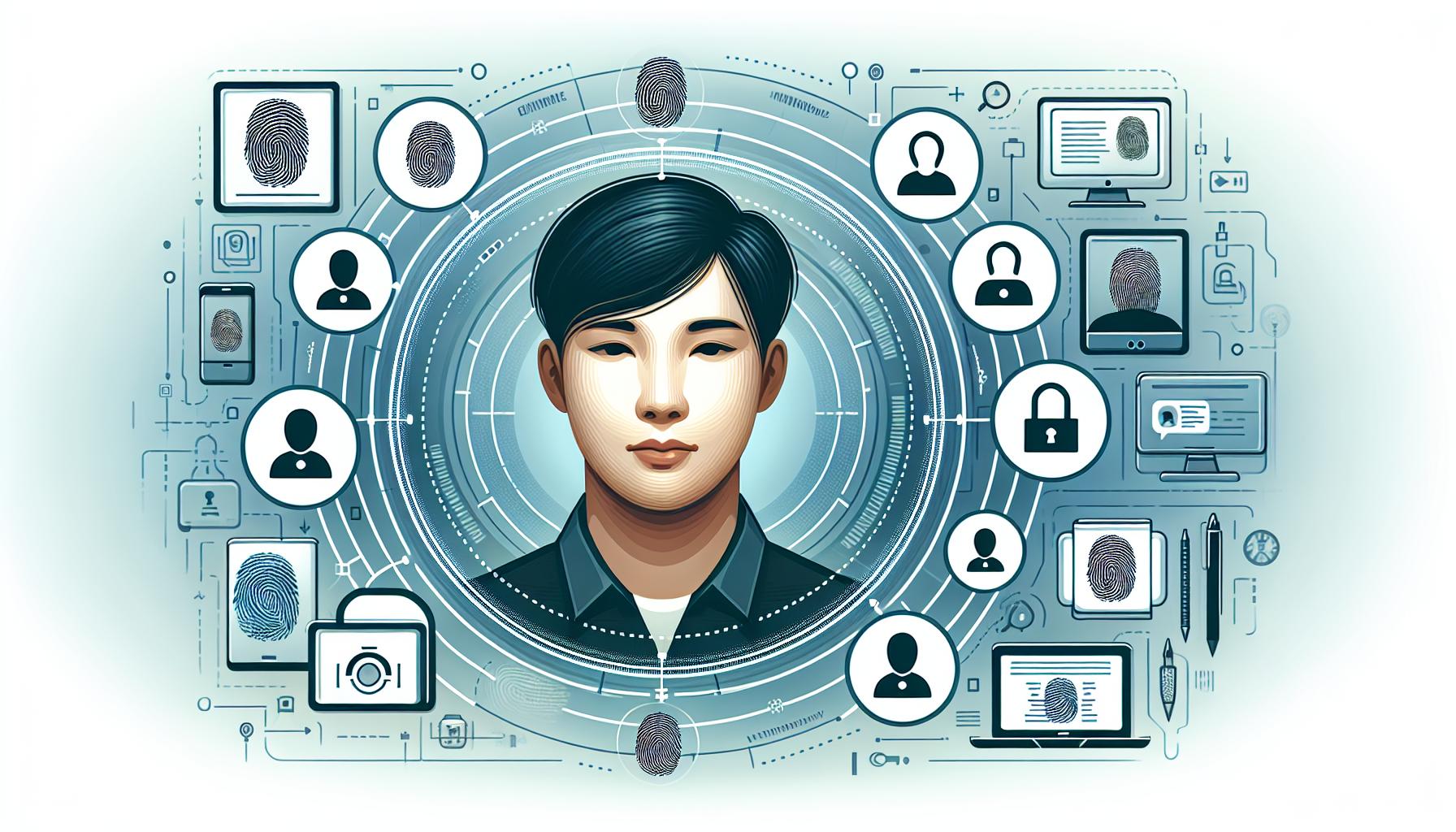
In the realm of GDPR, understanding the term Data Subject is crucial. As a key player in the data protection equation, you—the data subject—are at the center of GDPR's protective measures. Essentially, the data subject refers to any individual who can be identified, directly or indirectly, by the personal data being processed. This identification can be through various means such as a name, an identification number, location data, or factors specific to the individual's physical, physiological, genetic, mental, economic, cultural, or social identity.
Being a data subject grants you certain rights under GDPR. These include:
- The right to be informed: You have the right to know about the collection and use of your personal data.
- The right of access: You can request access to your personal data and how it's being processed.
- The right to rectification: If your data is inaccurate or incomplete, you can have it corrected.
- The right to erasure: Also known as 'the right to be forgotten,' allowing you to have your personal data deleted in specific situations.
- The right to restrict processing: You can request that the processing of your data be limited.
- The right to data portability: This right allows you to obtain and reuse your personal data for your own purposes across different services.
- The right to object: You have the right to object to the processing of your personal data in certain circumstances, including for direct marketing.
- Rights in relation to automated decision-making and profiling: You have protections against the risk that a potentially damaging decision is made without human intervention.
Recognizing your role as a data subject empowers you to take control of your personal information. With GDPR in place, organizations are bound to respect and act according to these rights, ensuring a higher level of privacy and protection for your data in this digital age. Don't hesitate to exercise these rights and ensure your personal data is handled responsibly and transparently.
Consent

In the world of GDPR, consent is a cornerstone concept that you'll encounter frequently. It's the voluntary, informed, and unambiguous indication of an individual's wishes by which they, through a statement or a clear affirmative action, signify agreement to the processing of personal data relating to them. This definition underscores the importance of active participation by the data subject—you.
To break it down, consent must be:
- Explicit and Specific: You should always know exactly what you're consenting to. General or blanket consent is not enough. For instance, if you're subscribing to a newsletter, your consent should only apply to receiving the newsletter, not to other forms of data processing unless separately agreed upon.
- Informed: You need to have all the relevant information before giving your consent. This includes knowing who the data controller is, the purpose of the data processing, and your rights regarding the data.
- Revocable: Just as you have the right to give your consent, you also have the right to withdraw it at any time. Withdrawing consent should be as easy as giving it. This ensures that you retain control over your personal data throughout its lifecycle.
One of the common misconceptions is that consent is the only legal basis for processing personal data. However, the GDPR outlines several other legal bases such as contract necessity, legal obligation, vital interests, public interest, and legitimate interests. Consent, though, is unique as it emphasizes the individual's autonomy and control over their personal data.
Implementing proper consent mechanisms is crucial for organizations. They must ensure that consent is collected in a manner that is lawful, fair, and transparent. Compliance not only protects the organization from potential fines and legal challenges but also builds trust with you, their user or customer, enhancing their reputation in a privacy-conscious world.
GDPR Compliance

When aiming for GDPR compliance, you're navigating a framework designed to empower individuals and reshape how organizations approach data privacy. Compliance is non-negotiable for any entity handling personal data of EU residents, regardless of where the organization is based.
To start, understanding the Data Protection Principles is key. These principles include lawfulness, fairness, transparency, purpose limitation, data minimization, accuracy, storage limitation, integrity, and confidentiality. Your organization must adhere to these principles to ensure compliance and demonstrate accountability in your data processing activities.
Taking a proactive stance on data protection also involves implementing Data Protection by Design and by Default. This means integrating data protection into your processing activities and business practices, from the initial design stages of projects to the operational processes.
Moreover, appointing a Data Protection Officer (DPO) is crucial for monitoring compliance, assessing data protection impacts, and being a contact point for data subjects and supervisory authorities. It's not just about having a DPO in place but ensuring they have the authority, resources, and knowledge to perform their role effectively.
Documenting your compliance efforts is equally important. Keeping detailed records of data processing activities, consent forms, data protection impact assessments, and any breaches or violations are fundamental components of adhering to GDPR. This documentation will be your first line of defense in the event of an audit by a supervisory authority.
Lastly, being prepared for data breaches by having robust breach detection, investigation, and internal reporting procedures is crucial. Quick and transparent communication with both the authorities and the affected individuals can mitigate the impact and demonstrate your commitment to protecting personal data.
Navigating the complexities of GDPR compliance might seem daunting at first, but it's essential for safeguarding personal data in today's digital age. By understanding and implementing the key components outlined, you're not just following regulations; you're also building trust with your customers and setting a strong foundation for your organization's data privacy culture. Remember, GDPR compliance is an ongoing journey that requires continuous attention and adaptation. ComplyDog is here to help with an easy to use compliance portal. Try it for free!
Still need help with some of these legal terms? Visit the ComplyDog Glossary to get the exhaustive list of terms and friendly to understand meanings.




